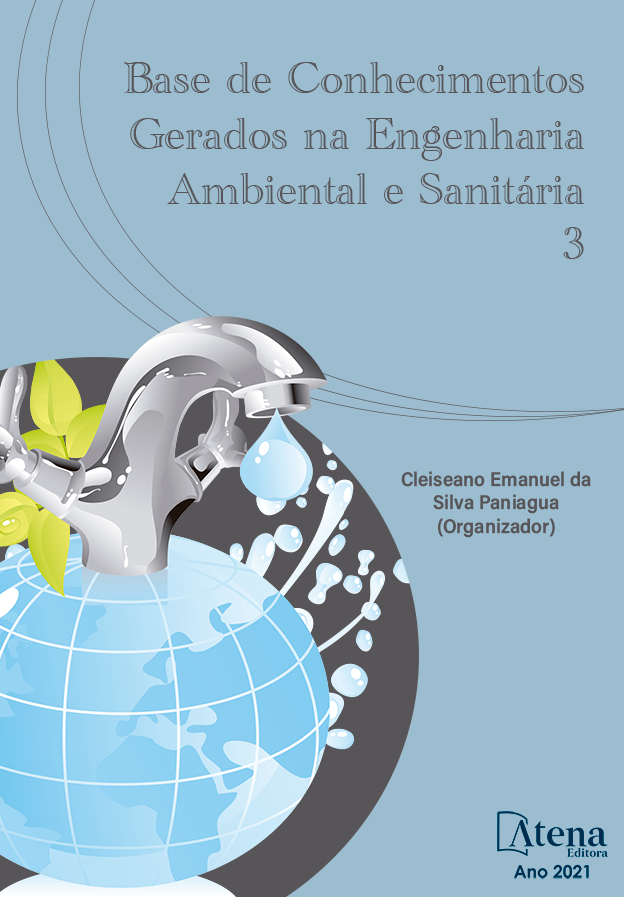
A INTRUSÃO DE ÁGUAS PLUVIAIS E O INCREMENTO DE VAZÕES EM ETE’S
Apesar do sistema de galerias pluviais e de coleta de esgoto serem distintos, existem interações entre eles que acabam sendo prejudiciais em ambos os sistemas. Nas estações de tratamento de esgotos o primeiro parâmetro notório a ser alterado é a sua vazão de entrada. Objetivando-se analisar esses incrementos, foram avaliadas sete estações, entre médio e grande porte, pertencentes à Região Metropolitana do Recife. Os comparativos foram realizados entre dias considerados com chuva e sem chuva, onde constatou-se que para as de menor rede coletora e capacidade de projeto existem crescimentos na ordem de 6 a 19% (4 a 17L/s aproximadamente) que não foram considerados significantes através do intervalo de confiança. Já nas de maior porte, esse aumento passa de 25 a 31% (75 a 146L/s, aproximadamente), acarretando diversas alterações na operacionalidade do sistema de tratamento de efluentes, como a sobrecarga, redução do tempo de detenção e da frequência de manutenções e aumento do custo de energia.
A INTRUSÃO DE ÁGUAS PLUVIAIS E O INCREMENTO DE VAZÕES EM ETE’S
-
DOI: 10.22533/at.ed.74521080411
-
Palavras-chave: drenagem urbana, sistema de coleta de esgoto, vazão de entrada, estações de tratamento de esgotos.
-
Keywords: urban drainage, sewage collection system, inlet flow, wastewater treatment plant.
-
Abstract:
Although the rain gallery and sewage collection systems are distinct, there are interactions between them that end up being harmful in both systems. In sewage treatment plants the first notorious parameter to be changed is their input flow. In order to analyze these increments, seven stations, medium to large, belonging to the Metropolitan Region of Recife were evaluated. The comparisons were carried out between days considered to be rainy or no rain, where it was found that for those with a smaller collecting network and design capacity, there were increases in the order of 6 to 19% (approximately 4 to 17L/s) that were not considered significant. Through the confidence interval. In the larger ones, this increase goes from 25 to 31% (approximately 75 to 146 L/s), resulting in several changes in the effluent treatment system's operation, such as overload, reduction of detention time and maintenance frequency and rising energy costs.
-
Número de páginas: 11
- Marco Aurélio Calixto Ribeiro de Holanda
- Camila Barrêto Rique de Barros
- Lorena Clemente de Melo
- Willames de Albuquerque Soares
- Maria Angélica Veiga da Silva
- Diogo Botelho Correa de Oliveira


